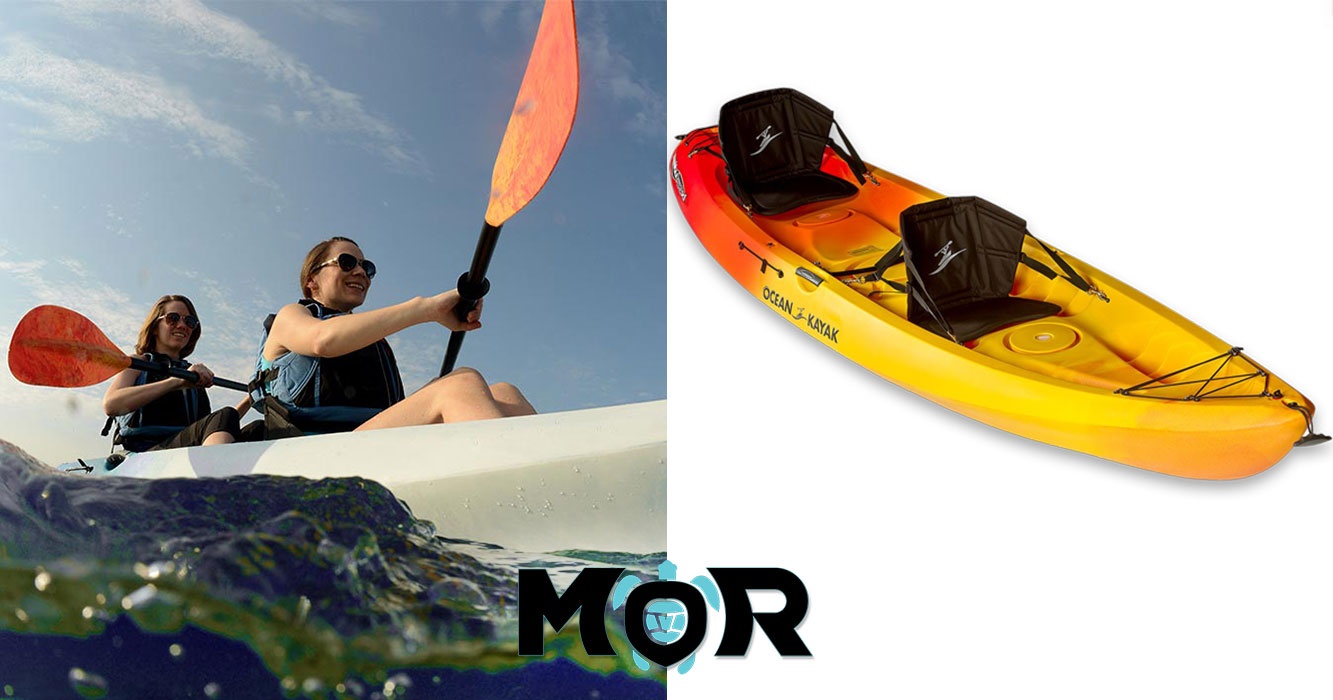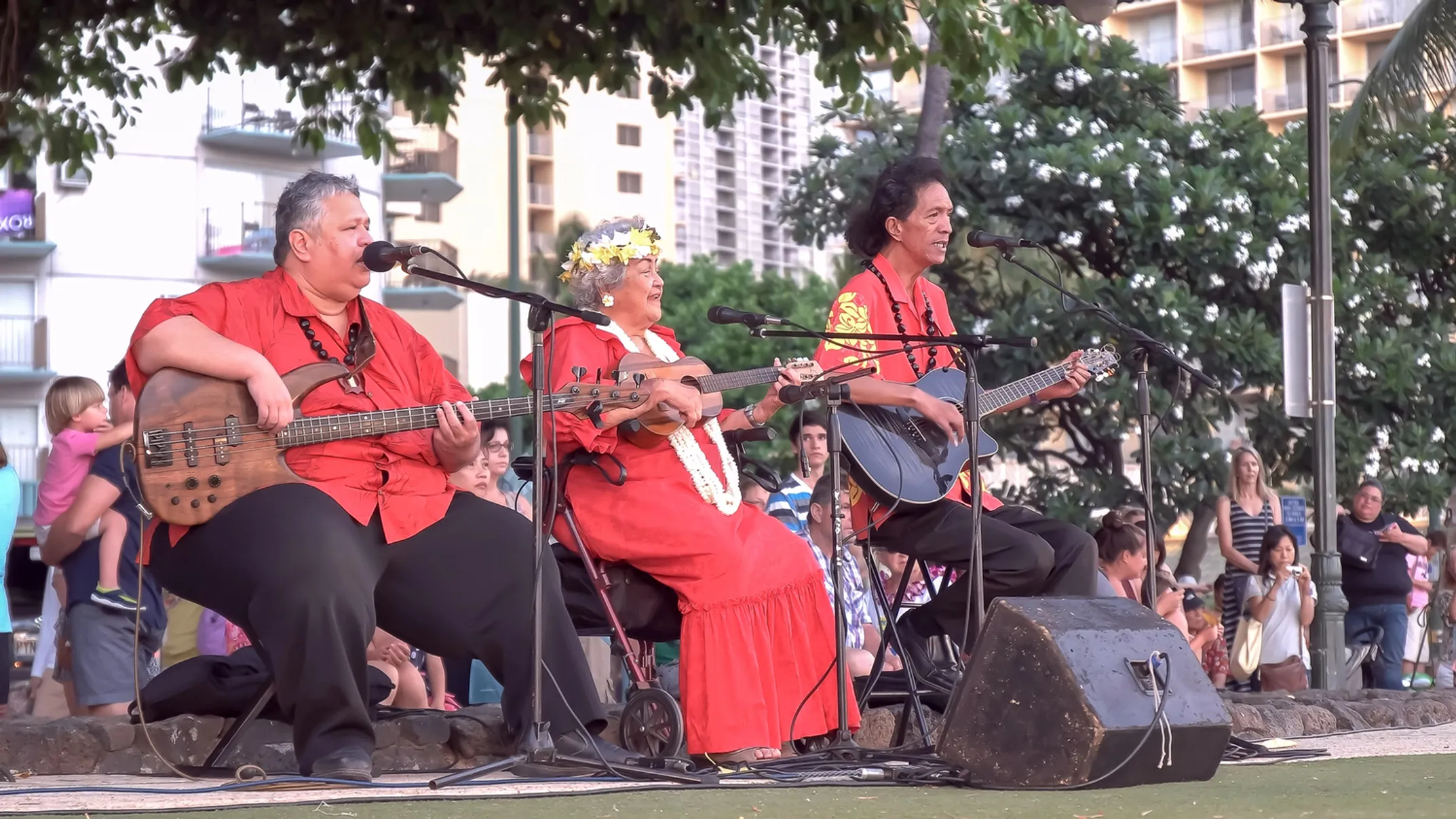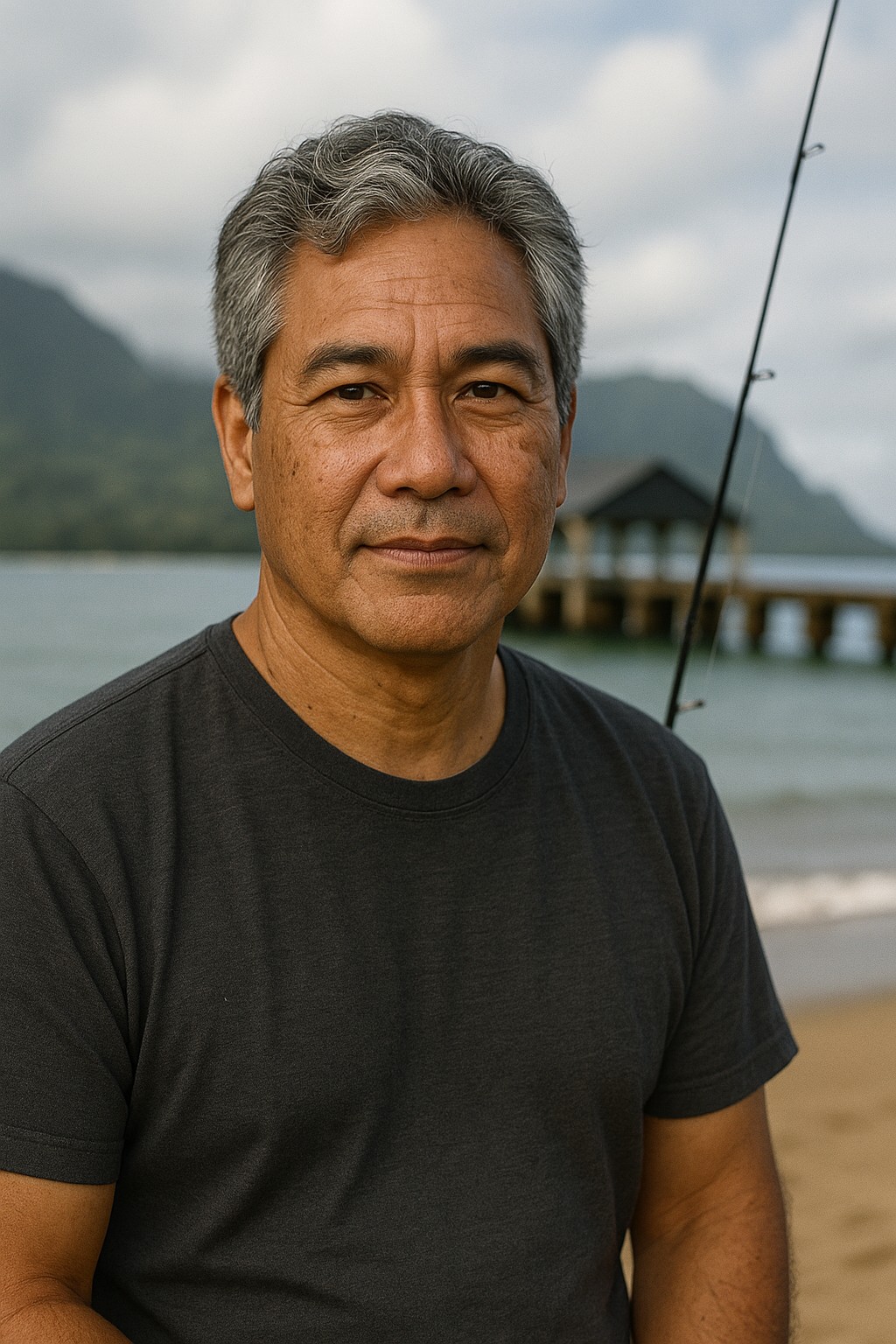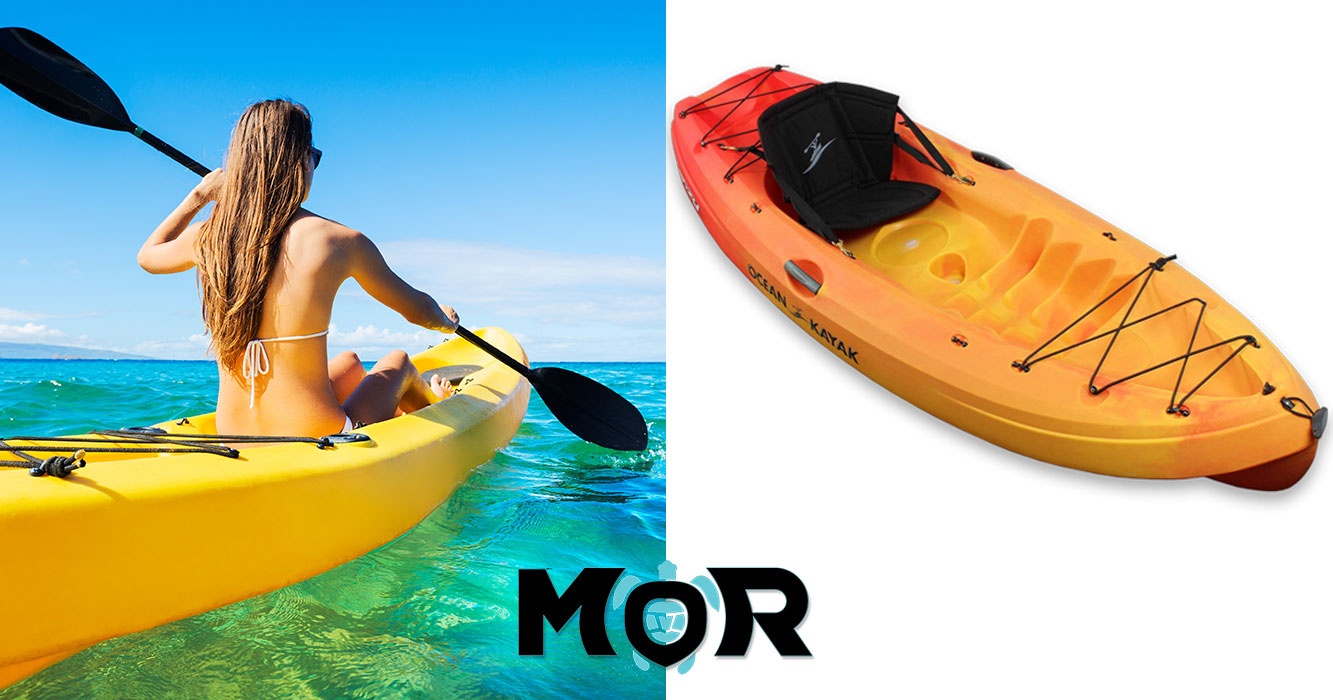

The Modern Warrior
Voice as Ancestral Weapon and Medicine

Written by a Cultural Practitioner
Kalani MillerPart IV: The Modern Warrior: Voice as Ancestral Weapon and Medicine
Nā Koa o ka Leo: Practitioners on the Front Lines
The oli is not relic of past. It's living, breathing force in hands of modern cultural warriors. These practitioners are educators, artists, and activists who wield power of voice to protect and perpetuate Hawaiian culture.
Kainani Kahaunaele
Kainani Kahaunaele is celebrated haku mele composer, recording artist, and lecturer at Ka Haka ʻUla O Keʻelikōlani College of Hawaiian Language at University of Hawaiʻi at Hilo. Her life's work is deeply interwoven with language revitalization movement. She began her career composing traditional songs as Hawaiian language curriculum for ʻAha Pūnana Leo, the very program that saved the language.
Her activism is inseparable from her art. She was key contributor to album Kūhaʻo Maunakea, collection of new mele aloha ʻāina born directly from movement to protect the sacred mountain. For Kahaunaele, chanting is familial kuleana. During 2022 Mauna Loa eruption, she spoke of her duty to take her family to lava flow to chant to Pele, honoring the moment and reinforcing their connection to ʻāina.
Kealiʻi Reichel
Kealiʻi Reichel is one of Hawaiʻi's most renowned cultural ambassadors. Globally recognized singer, kumu hula, and scholar, he has dedicated his life to educating the world about Hawaiian culture. Reichel is also powerful voice in movement to protect Mauna Kea.
He has been vocal opponent of Thirty Meter Telescope, stating with profound clarity, "As practitioners it behooves us to take a stand. That mountain is our tutu, our grandmother." He speaks of unprecedented unity the movement has fostered within Hawaiian community and has even conducted experiments demonstrating tangible, positive effect of chant's harmonics on plant growth, grounding spiritual in scientific.
When the Mountain Answered: Chanting at the Base of Mauna Kea
I'll never forget my first morning at Puʻuhonua o Puʻuhuluhulu, the refuge established at base of Mauna Kea access road. The air was thin and cold at 9,000 feet, but my chest was full as I stood with thousands of others—kūpuna, mākua, and keiki—our collective voices rising as one in pre-dawn darkness.
Kapu aloha is not passivity. It's immense spiritual discipline requiring love, compassion, and unwavering firmness in face of opposition. Every morning began with oli to greet sun. Every gathering started with chants offered to mountain. Knowledge was shared at what people called "Puʻuhuluhulu University"—impromptu classes on language, protocol, and history held under tarps and around fire barrels.
The moment that changed me came on my third day there. I was chanting directly to Mauna Kea, offering my voice to our sacred ancestor, when I felt something shift in the air around me. The mist that had been hanging still suddenly began to move, swirling in patterns I'd never seen. The feeling was electric, like the mountain was listening, like it was responding.
I wasn't alone in this experience. Others spoke of similar moments—times when the mountain seemed to acknowledge our presence, our prayers, our commitment to protect it. This wasn't imagination or wishful thinking. It was the ancient understanding that everything has consciousness, that our voices can touch and be touched by the divine forces around us.
Standing there with my lāhui, my nation, I understood something my kūpuna had always known: oli is not just cultural practice. It's ancestral weapon, tool of resistance that no government can ban, no law can silence. Our voices, raised together in sacred chant, create force more powerful than any telescope they could build.
🏔️ Kapu Aloha
The guiding principle of protectors on mountain is kapu aloha—discipline of sacred, non-violent conduct rooted in prayer and ceremony. At daily gatherings, oli and hula are central organizing actions.
🎵 Mele Aloha ʻĀina
This has inspired new wave of mele aloha ʻāina that echoes protest songs composed during 1890s, demonstrating that voice of people, once silenced, is now unbreakable.
The Mauna Kea movement itself represents full-circle revitalization of oli. It has evolved from suppressed tradition into primary language of spiritually grounded, globally visible sovereignty movement. Mauna Kea is not just protest. It's living hālau where most profound functions of oli—to connect with divine, assert identity, and stand with spiritual integrity—are being practiced on world stage.
Oli as Medicine
This is the part of my story I don't share often, but it's too important to keep quiet.
Three years ago, I was diagnosed with severe nerve damage in my left arm. The pain was constant, shooting from my shoulder to my fingertips like electricity. Western medicine offered pills and procedures, but nothing gave lasting relief. I couldn't sleep. I couldn't work. I couldn't even hold my youngest keiki without wincing.
My kumu, Leilani, watched me struggle for months before she finally spoke up. "Have you tried using your voice for healing?" she asked during one of our lessons.
I thought she meant singing or humming for comfort. But she meant something much deeper. She guided me to use oli not just as cultural practice but as form of vibrational therapy. This connects directly to foundational beliefs of our people: that voice has physical power, that universe is composed of vibrations with which oli can create harmony.
The Healing Journey
She taught me specific chants designed for healing, ancient words that had been used by our ancestors to restore balance to body and spirit. Every morning at sunrise, I would sit facing east and chant for thirty minutes, focusing the sound and breath on areas of pain.
The first few weeks, nothing happened. But I kept chanting, kept breathing, kept sending those controlled vibrations through my body. Then, slowly, I began to feel something shift. The sustained tones seemed to travel through me, following pathways I didn't know existed. The constant burning in my arm began to ease.
After six months of daily practice, the nerve pain was completely gone. My doctor couldn't explain it. Western medicine has no framework for understanding how controlled vocal vibrations might affect nervous system function. But I didn't need medical explanation. I had my ancestors' wisdom and my own lived experience.
The healing of my voice and healing of my body happened at same time. As I reclaimed my ability to chant properly, I reclaimed my physical wholeness. The two were not separate processes but one and the same.
This is what our kūpuna meant when they said words have power. They weren't speaking metaphorically. They were stating physical truth about how voice, breath, and intention can reshape reality at cellular level.
Complete Your Journey
Discover resources for respectful learning and authentic practice of Hawaiian chant
👥 Modern Practitioners
Composer & educator
Cultural ambassador
Legendary kumu hula
🏔️ Mauna Kea Movement
- Kapu Aloha: Sacred non-violence
- Daily Oli: Morning greetings to mountain
- Puʻuhuluhulu: Living hālau
- Mele Aloha ʻĀina: Songs of land love
🌱 Healing Aspects
- Vibrational Therapy: Sound healing
- Breath Work: Controlled breathing
- Intention: Focused purpose
- Ancestral Wisdom: Traditional knowledge
🎯 Contemporary Uses
Sovereignty movements
Physical & spiritual wellness
Language revitalization
Modern composition

